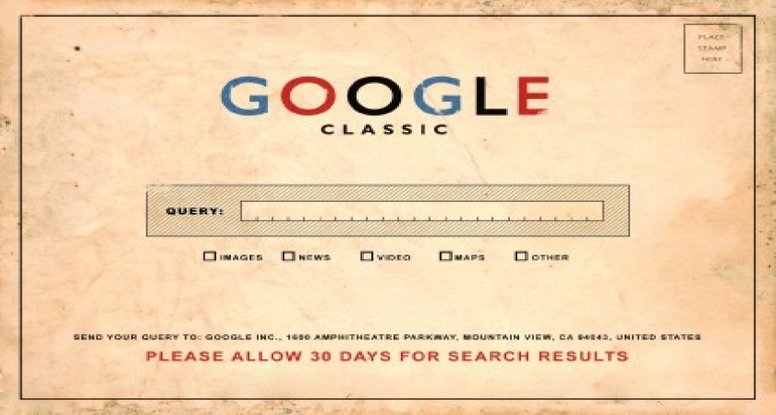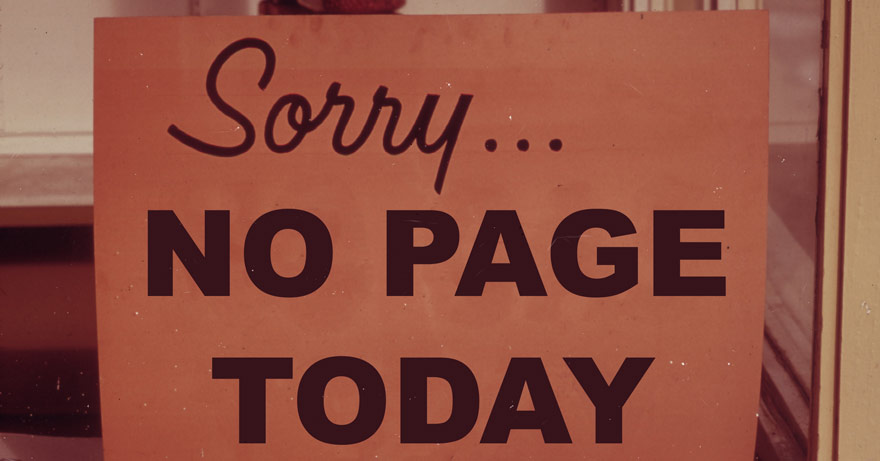100 million. That’s just shy of the number of people that watch the Super Bowl every year. That’s also about one third of the total United States population. 100 million is approximately how many people use Snapchat every single day. Think that sounds like a lot? Now think about seven billion. That’s how many views videos get on Snapchat on a daily basis, with 76 percent of Snapchat’s users are in the Millennial age group.
Visualizing these numbers isn’t what’s important; tapping into them is what matters. With this kind of potential, Snapchat has transformed from simply being valuable for personal use to being a huge opportunity for small and large businesses targeting Millennials.
The Snapchat conversation shouldn’t make you feel out of date. Take a walk through the basics and learn a few strategies your company can utilize through the app.
So you want to try it out. But how does it really work?
To strip it down to the fundamentals, Snapchat allows users to share pictures and videos instantly. The videos and pictures can only be taken through the app and not imported. Once you’ve taken the picture or video you have a couple choices: Post it to your “snap story” where it will remain for 24 hours as a part of a temporary album, or send it to one of your friends. Snap stories can be viewed multiple times by any of your contacts over the course of those 24 hours. The snap story is the more useful feature for brands. If you do choose to send a photo to someone in your contacts, they can view it once before it is gone.
Before posting or sending a picture, feel free to enhance it. It’s encouraged. Swipe right to select a color filter or geofilter. Your geofilter options appear based on where you are and what’s going on around you, but I’ll elaborate on those later on. There’s also the option to include the time, date and details like the current temp. Tap the screen and a text bar will pop up, and if you press the “T” in the top right corner, you can change the style of the text. There’s also a crayon button in the top corner that allows you to get artistic with your picture or video. Just slide your finger along the color spectrum that pops up to choose your paint.
Now that you know the basics, let’s get down to business. Here are five strategies for marketing through the app.
1. Show Transparency
The rise of social media has fueled the demand for instant information and transparency, and Snapchat is the perfect synergy of those two desires. On Snapchat, you can post more frequently without overwhelming your audience in comparison to an app like Instagram. The pictures aren’t supposed to be premium quality because the concept relies on unscripted and authentic content since the only way to take photos or videos is through the app. People’s desire for raw information paired with the nature of the app makes Snapchat a great way to publish behind the scenes content.
Sports teams are some of the best examples of this concept in action. They use Snapchat to show footage on the bench in practice, on the bus before a game or in the locker room after a game. It relays the personality of the team and its athletes on a more personal level than a formal, produced interview. It makes sense why fans are interested; they feel involved, and the lower-quality handheld video feels intimate. This concept can work the same way for your business. Use Snapchat to tease products or services that are coming soon, and show followers the quirks of your company. Is a product finished but there are a few days before the launch? Fun, team-building day planned? Why not show it off on Snapchat? People are curious about the brands they support, and Snapchat feels like honest communication.
This personal relationship can be developed with more than just behind the scenes content. Snapchat is prime for live event streaming as well. For example, Victoria’s Secret used it before, during and after their fashion show to not only further inform people watching the show, but also to remind their followers to tune in.
Do you have a yearly corporate dinner or host an annual event? Show people where you are and what you’re doing. It gives a firsthand perspective and, if the event is open to the public, people are encouraged to join (virtually) because you will be posting live. Think of your Snapchat story as a digital way to replace live tweeting and target Millennials.
2. Provide Easy Engagement
Just like the social media apps you might be more familiar with like Twitter and Facebook, Snapchat is great because it’s easy for users to engage with your company. If you post a video or picture, followers can view, screenshot or reply directly to you. This is advantageous when it comes to things like contests. For one of our clients, we utilized Snapchat to encourage their audience to add and reply in order to win prizes. These efforts received more engagement than both of our Instagram and Twitter contests. If email campaigns aren’t stimulating the type of engagement you’re looking for, then offering a promo code on your snap story might be an ideal alternative to test.
3. Reveal Tutorials
Showing people how to use your product not only reveals its potential benefits, but also helps prevent any confusion. Snapchat offers businesses the ability to showcase their products and services with a much more casual explanation method. Facebook has been bombarded with how-to cooking videos as of late, and people are big on the simple, quick explanations.
Millennials aren’t as in love with Facebook as they used to be, so if you want an avenue to give them a tutorial, try using Snapchat instead. This can be valuable for all types of products – show people how to put together an outfit with your spring styles, how to make the perfect presentation using your software, style their hair using your extra-hold gel, etc.
4. Connect Through Influencer Outreach
Referral from a friend is a good way to start a new relationship. Utilizing popular and trusted people in your field to gain the interest and eventually trust of potential customers can be a great way to generate business. On Twitter, a retweet from an influencer is nice, but Snapchat takes this relationship to a whole new level. Try a “Snapchat takeover.” This means someone significant to your brand or target demographic runs your account for a period of time. Sour Patch Kids saw a huge growth through utilizing social media influencer Logan Paul for a five-day takeover.
They were able to generate an identity for themselves and wedge into a new niche in a short amount of time because of the instantaneous nature of the app. When you dive into your influencer outreach, it’s worth it to think about someone you can utilize for a Snapchat takeover to create a connection and help grow your audience. The organic nature of the app allows users to really get to know the personality of your company in a short period of time.
5. Advertise Through Geofilters
After taking a photo or video through the app, you can swipe right to add a color filter or a geofilter. Right now at the Shout Out office near downtown in Columbus, Ohio, my options are three different Columbus filters that show a small graphic that adds ‘Columbus’ written in different styles and colors at the top or bottom of the picture. These filters aren’t limited to stating the name of the area though. Companies like JPMorgan are putting their brand name on these geofilters and making them available to people in a specific area.
This allows you to associate your company with an area or an event, and everyone who posts a picture with your filter is organically promoting your brand. Snapchat also provides analytics for your filter, so you can see how many times it was viewed and used.
All of these campaign methods on Snapchat have similar goals: increasing engagement, recognition and interest. With so many Millennials using Snapchat and a very real need for brands to be transparent, this is a natural way to connect with your audience. Not only will the app give your followers the ability see what your up to, but Snapchat’s newest update pushes users to watch all of their friend’s snap stories. In fact, it’s harder to not watch a friend’s snap story than it is to watch it.
It’s not about being hip anymore – Snapchat is the best way to move from brand awareness to building a connection with Millennials.



























